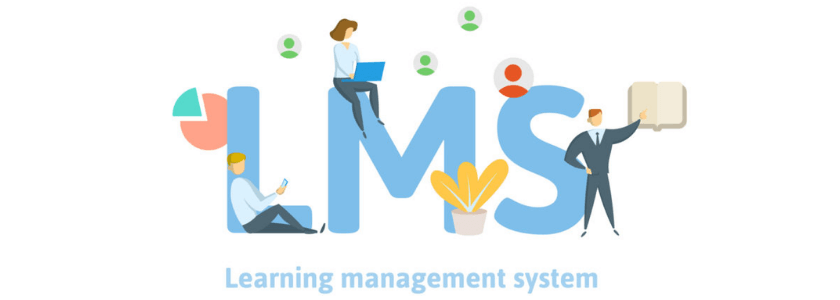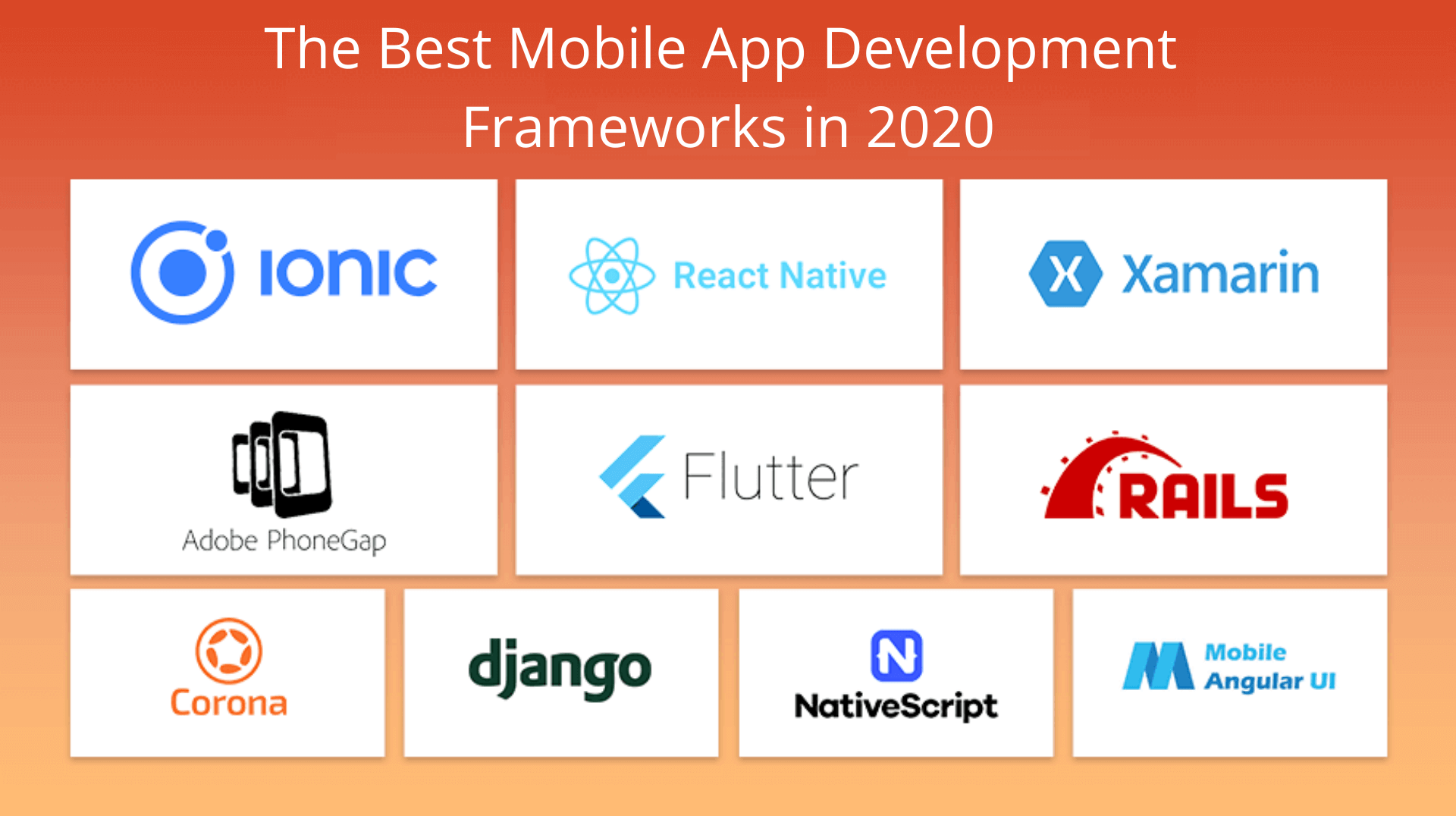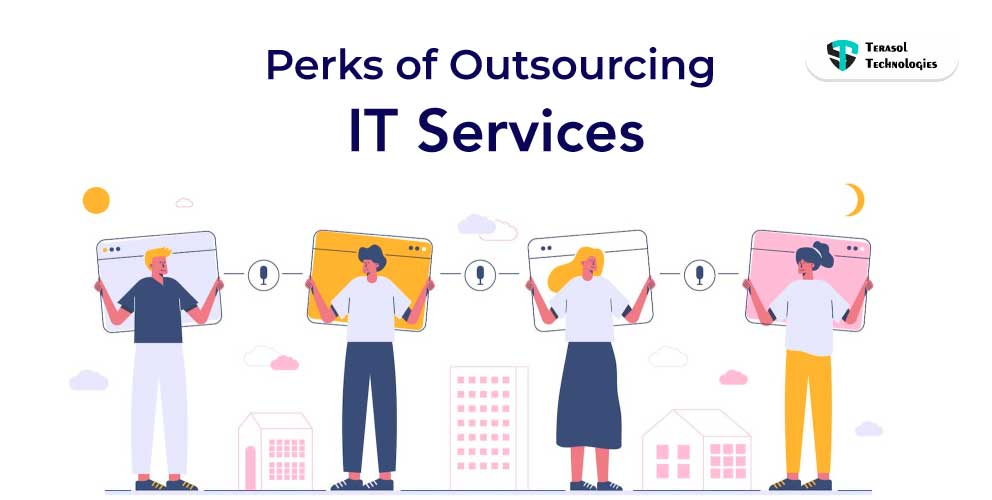LMS Platforms: 10 Steps Guide for Successful Development
It's the era of digitalization. Everything is going online. Traditional classrooms are becoming obsolete. It is time for modern progress.
A learning management system (LMS) is a piece of software that is designed to help web application development companies with administrative duties, analysis, reports, data collection, and the delivery of education.
The global Learning Management System market is expanding and will continue to expand. It is predicted to more than double over the next five years. It will be reaching from USD 15.8 billion in 2021 to USD 37.9 billion by 2026. So, if you've been thinking about creating your own LMS, you should go for it.
Although LMS was designed to improve e-learning, LMS platforms is currently used by top corporations due to the numerous benefits it provides.
Revolutionize the next generation of talent by collaborating with us to create solutions that enhance the way we learn with our Edtech Industry services.
So Why do organizations need LMS, you might ask? Do you need one?
Learning Management Systems are critical for an organization's long-term progress.
It is crucial for a business that seeks growth, innovation, and advancement to focus on expanding its employees' knowledge. All this is possible with an excellent Learning Management System.
LMS platforms can give you a new solution to improve your workforce's skills and productivity. It can be tailored to the individual demands of the organization, yielding the best results in terms of employee learning.
The following are some more reasons to use LMS platforms:
- "All-in-one" training tool for your team.
- It drastically minimizes the resources required to train new personnel.
- It is cost-effective.
- It offers learning statistics as well as reports.
- It aids in maintaining your staff's high degree of expertise.
However, navigating the environment of learning management system development can be tough without prior understanding.
Here's a step-by-step guide to the LMS platform implementation.

Steps for Implementation of LMS Platforms
1. Create an LMS implementation project plan
Before diving into the realm of eLearning systems, you must first develop a project strategy with your software development company that accounts for your workforce size, objectives, and investment. It is the first and most crucial stage in validating your idea.
It will be more of a forecast for the future and the profit you will make from using the LMS in terms of having more productivity from staff after training them. Understand your need, requirements, and target audience. In this case, we advocate thinking in terms of MVP development to make the beginning process easier.
Now, you know you need LMS platforms for your business. It's time to define the type of LMS options you have.
2. Determine the type of LMS you wish to create
Learning management systems are conveniently classified into four groups based on the services they provide-
Traditional LMS:
These systems provide the fundamental capability for creating courses, storing them, managing learning profiles, and reporting on progress and successes. Such systems are used in practically every industry, including education, corporate training, and the medical field.
Modern Learning Management Systems (MLMS):
Unlike traditional learning management systems, which are admin-focused, modern LMS is learner-centric. They transform the learner from a passive recipient of information to an active participant. They frequently include gamified components, mobile learning, learner interaction approaches, and other elements.
Learning Management Ecosystems (LMS Environment):
These platforms combine many e-learning tools and solutions into a single learning ecosystem.
Custom Learning Platform:
These platforms are extensively tailored for unique learning solutions such as courses, training programs, and so on.
Aside from the classifications listed above, learning management systems differ dependent on their deployment style and industry.
LMSs can be cloud-based, self-hosted, or hosted on a private cloud, depending on their deployment architecture.
Systems are classified as corporate or educational based on the industry. Corporate LMSs are often feature-rich to meet a variety of training demands such as onboarding, employee, and compliance training, among others.
Now to know the types of LMS platforms available, you must find the ideal LMS development partner to help you transform your vision into a reality.
Let's move to the third step which is selecting a service provider.
3. Choose Your Service Provider for LMS
Choosing the right eLearning development service provider is very important. The platform you use to build an LMS can be custom or ready-made SaaS. Consider your organization's learning requirements and look for providers who specialize in that area. Other systems may exist, however, SaaS-based solutions are the most recommended. Everything can be customized with the help of a ready-made SaaS-based platform.
There are a few things you should think about before deciding on a service provider:
Communication
Make certain that the service provider you select allows you to communicate openly with the team.
Experience
Before signing a contract, always look into the service provider's background.
Pricing
A customer-created LMS is quite pricey due to the monthly fees of computers and support. You may also be required to pay additional fees for additional features.
Support
After-sales service is critical. You must sign a contract with a service provider who will provide technical support for at least a year.
4. Create Application, Courses, and Assign Departments

After you've decided on a platform and service provider, you may begin developing content for your LMS, including courses, timetables, and material for each topic. This phase is critical because you must generate relevant and valuable information that will aid employees in their learning. Assign certain courses to a department within your firm. Assignments, self-paced modules, attendance, and a testing module should all be included in each course.
You need to assign and train your administrators. The first users will be those with prior knowledge of the training courses and who will be responsible for managing the LMS. Others should be trained first and foremost in the system's mechanics.
5. Prepare for Data Migration
At this point, you should begin transferring data from other systems into your new LMS. One of the most difficult steps of LMS deployment is data and course migration.
Before you begin, you should think about what data you want to transfer. Data migration will necessitate hands-on efforts on the side of your IT staff and LMS vendor. They will need to take into account which assets, courses, and data you will be transferring to your new system. This may entail saving or exporting content from your previous solution and transferring it to your new LMS.
6. Determine your Integration Needs
Delivering great material may appear to be the obvious key to your LMS implementation's long-term success. But, in reality, data and technology are often as important as anything else. As a result, at this stage, you should determine whether your new learning platform will require integration with any systems in your existing software stack.
Integrating your LMS with apps or tools you already use makes your life easier!
Integrations that are common include, for example, user provisioning via an HR system, CRM, and solutions that aid in e-Commerce services.
7. Add Statistical Tools
Statistical tools will help you to keep track of all the activities. These also show how far an employee has progressed through a course, the number of courses completed, and the amount of time it takes to complete quizzes. The data generated by statistical tools can assist you in determining the effectiveness of your LMS. You can then make changes to boost member engagement in the courses while eliminating unproductive courses.
8. Make Responsive App and UI/UX
Your LMS website should be responsive and have good UI/UX so that it looks good on all browser sizes. The app should function on all mobile devices, tablets, and desktop computers. It ensures that trainees are not prohibited from accessing any learning material when it is convenient for them, resulting in increased usage. It should be compatible with all operating systems and work with all browsers. The app should give a straightforward experience to all users, whether they are teachers, students, employees, or administrators.
9. Final Test
After you've finished constructing your learning management system, you may put it to the test. Testing a product before releasing it allows you to go over all of its features and rectify any flaws. When you've finished adding courses and inviting users, it's necessary to double-check that everything is operating as expected. If there are no mistakes and everything works properly, you have completed the creation of an LMS. It is now time to use it to its maximum capacity to recoup your investment.

10. Collect feedback
The entire purpose of using a learning management system is to make the training process easier. It is critical to determine whether the eLearning system has made a difference in the training technique, which can be accomplished by soliciting feedback from employees.
What is the total cost of a Learning Management System?
The cost of developing a learning management system is determined by whether you design it from scratch or buy a ready-made product (SaaS LMS). Going for a custom solution will be easier if you want a system that operates the way you need it to. Keep in mind that this amount is only an estimate and has not been confirmed.
Here is a breakdown of the costs that may be incurred while constructing an LMS.
A complex LMS could take 400-500 hrs to build a prototype. US agencies may typically charge from $80 to $250 per hour.
Setup Fees
- Min: $5,000-$7,000 (for Cloud-based)
- Up to: $1,25,000 (for Self-hosted)
Annual License and Per User Fees
- License Fee: $20,000 annual
- Per-User Fee: $2 to $5
Hidden Costs
- Fees for Self Hosted LMS: $25,000 (One Time)
- Add-on Fees: between $99 and $1199 a month
- Hiring an IT service vendor: $4,000 (Monthly)
Are you ready to turn your LMS concept into a profitable product?
An LMS is critical for your organization since it allows you to teach personnel simply and effectively. It will make training more efficient, which will increase worker productivity. Choose a development solution company to assist you in designing a system that works for your company.
If you're ready to get started with a good Learning Management System, contact us, and let's talk about your expectations and create the requirements together.
Terasol Technologies is more than just a software vendor. Our team strives to provide our clients with more than just end-to-end digital product creation. We are committed to collaborating as partners with our clients.


